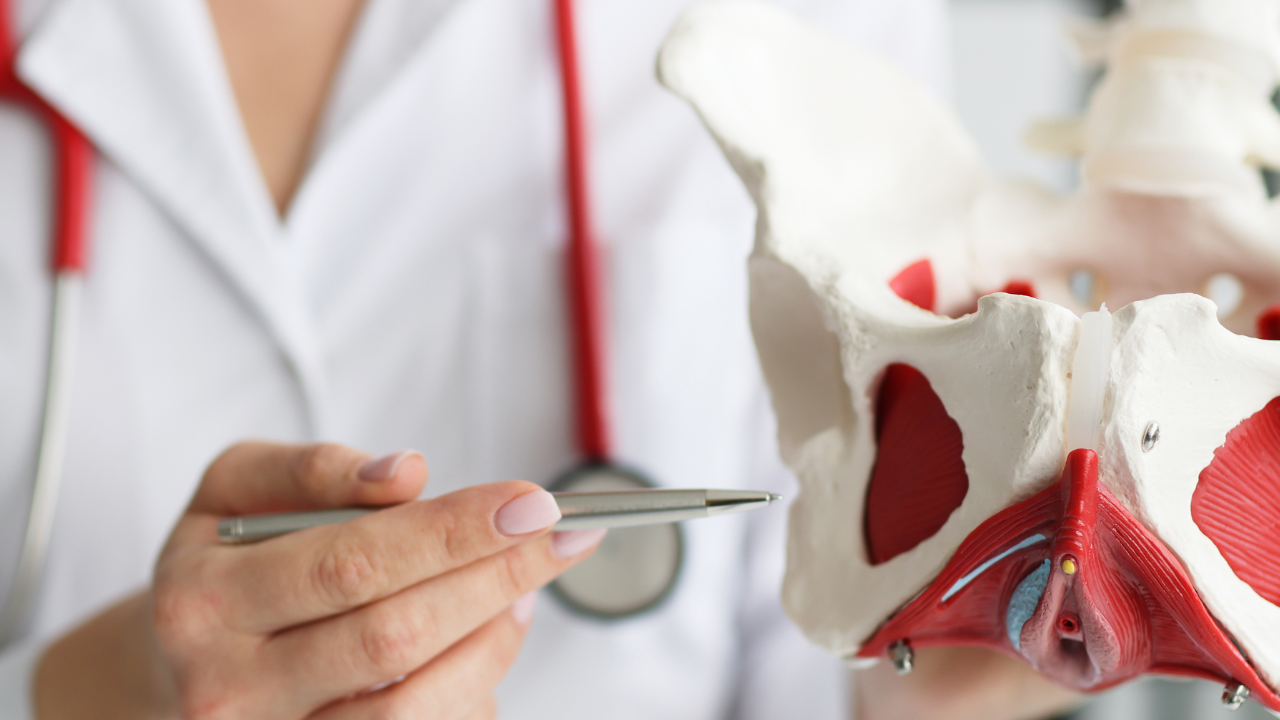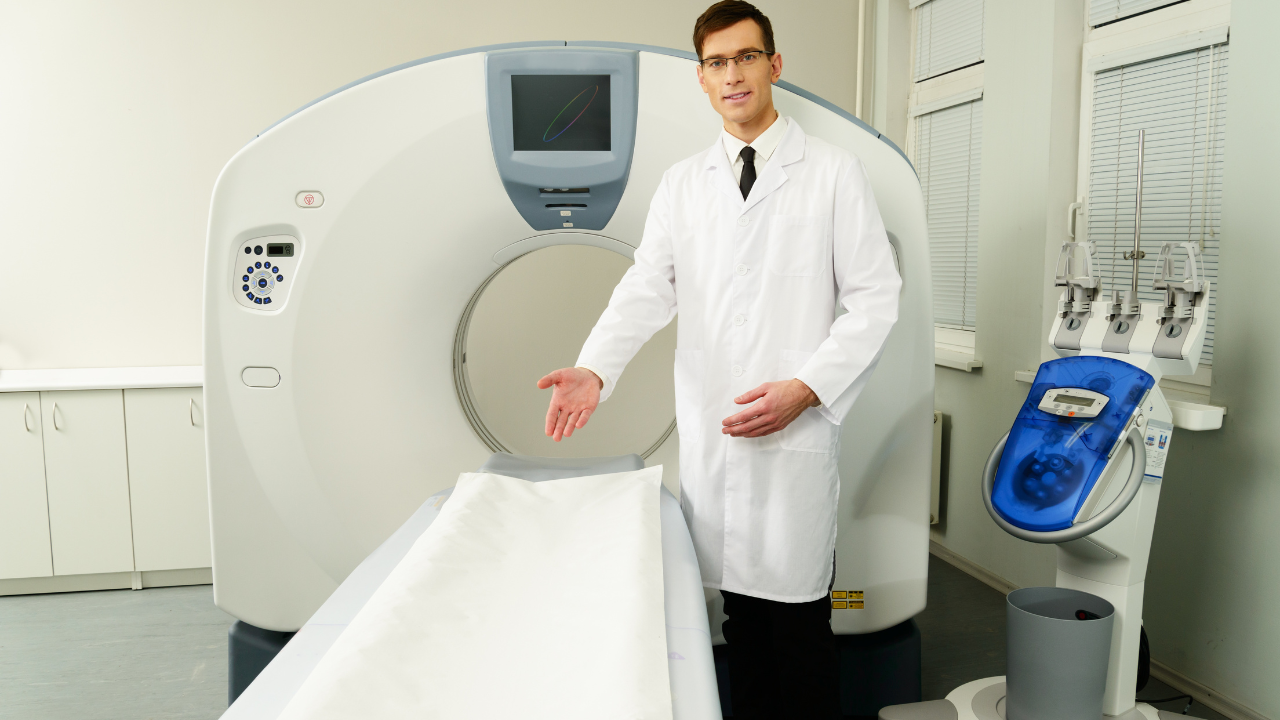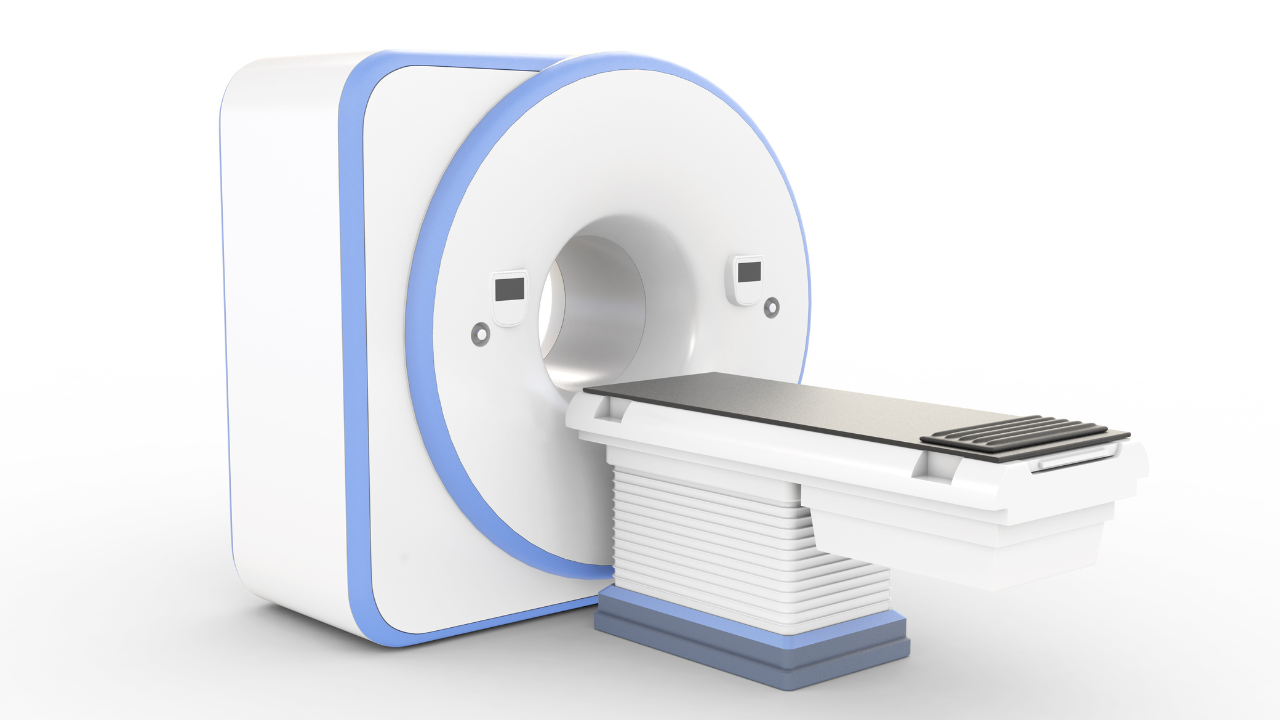Blog and News

What Is Bone Densitonomy?

What is Bone Densitonomy? Osteoporosis is both preventable and treatable, but can’t be treated unless you know you have it or are at risk for it. A simple bone density test with a bone densitometer will tell you if you are at risk.
Using a densitometer in a non-invasive technique, osteoporosis can be detected early and a course of treatment can be established.
The examination measures the amount of bone mineral content in specific areas of your body, including the spine, hip and forearm, and in the total body. Until recently, evaluating bone density using conventional x-ray systems did not reveal a potential problem until a patient had lost 25% to 30% of their bone density.
With this highly sensitive densitometer, patients at risk can be identified at a much early state in just a few minutes. The procedure can also evaluate response to treatment so that your physician will know whether a therapy is effective or if the approach to treatment needs to be modified.
A radiologist will review the results and asses the risk factors. As the test is repeated over time, your physician can track your rate of bone loss. Should your bone density be too low – or decreases at an abnormally fast rate – you may be at risk for osteoporosis. Changes in diet, exercise habits and/or medication can prevent further deterioration of your body’s bones.
Risk factors affecting the decision to have a bone density test
Your physician may recommend a bone density test if you have a bone fracture, are considering long-term estrogen replacement therapy or have multiple risk factors, including:
- being a female
- having a small or thin body frame
- are of advanced age
- are experiencing an early menopause
- have a family history of osteoporosis
- are a smoker
- are suffering from anorexia nervosa or bulimia
- are lactose intolerant
- are a male with low testosterone
- imbibe alcohol frequently
- have a low calcium diet
- have a limited-activity lifestyle
What to expect
A bone density test is quick, painless and non-invasive. The entire procedure takes only a few minutes. You will lie down, fully-clothed on a table while our radiology technician positions you for the test. A small dose of radiation (equivalent to about 1/20th of that received during a normal chest x-ray) is emitted through a beam so focused that the technician can sit next to the examination table to monitor the procedure.
If your physician has ordered a bone density test, consider Fox Valley Imaging for the procedure. Our clean, modern facility is easy to find, has plenty of parking and our technicians and radiologist have extensive experience and a kind bedside manner. Call us at (630) 416-1300 to schedule an appointment.






